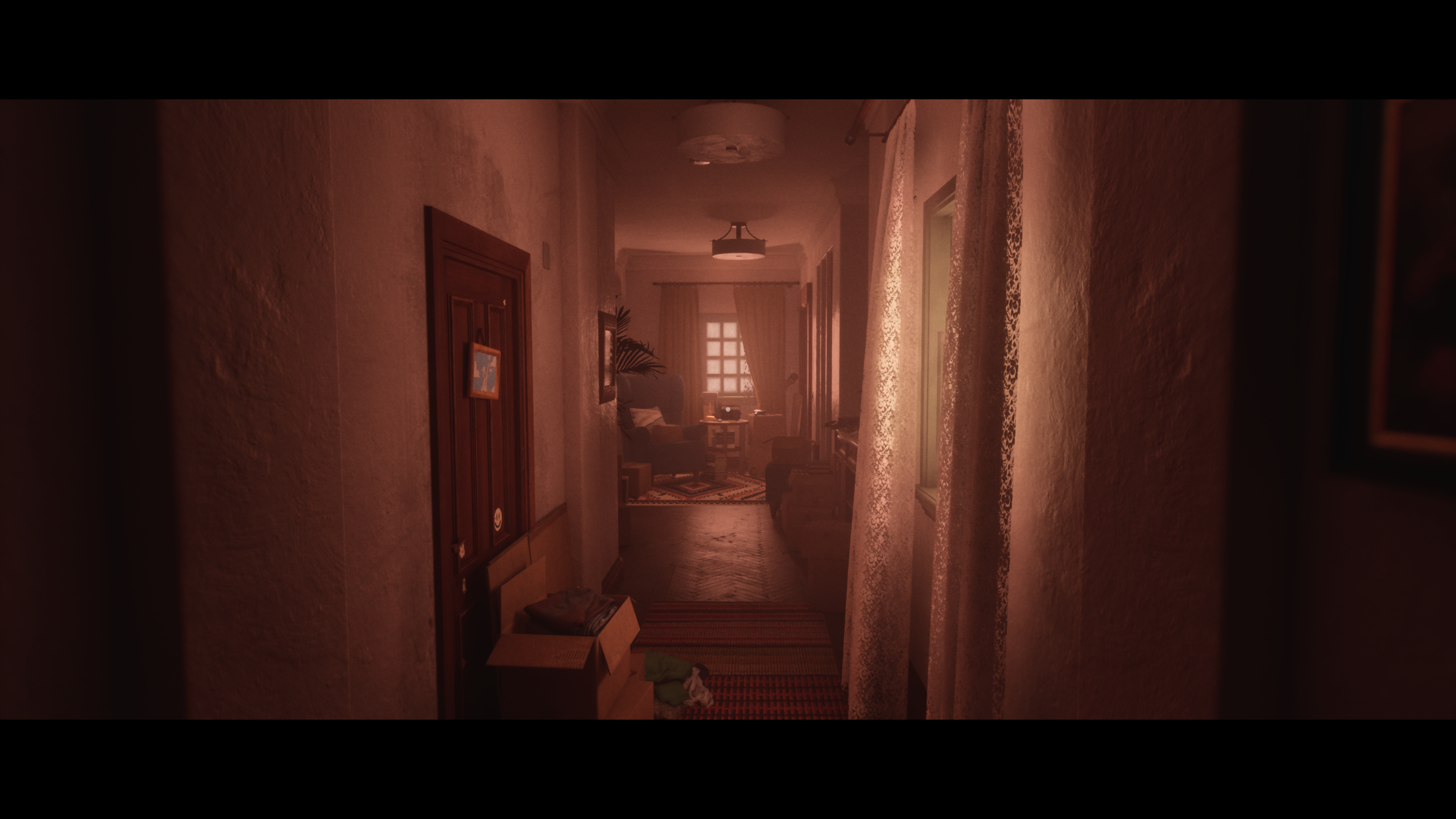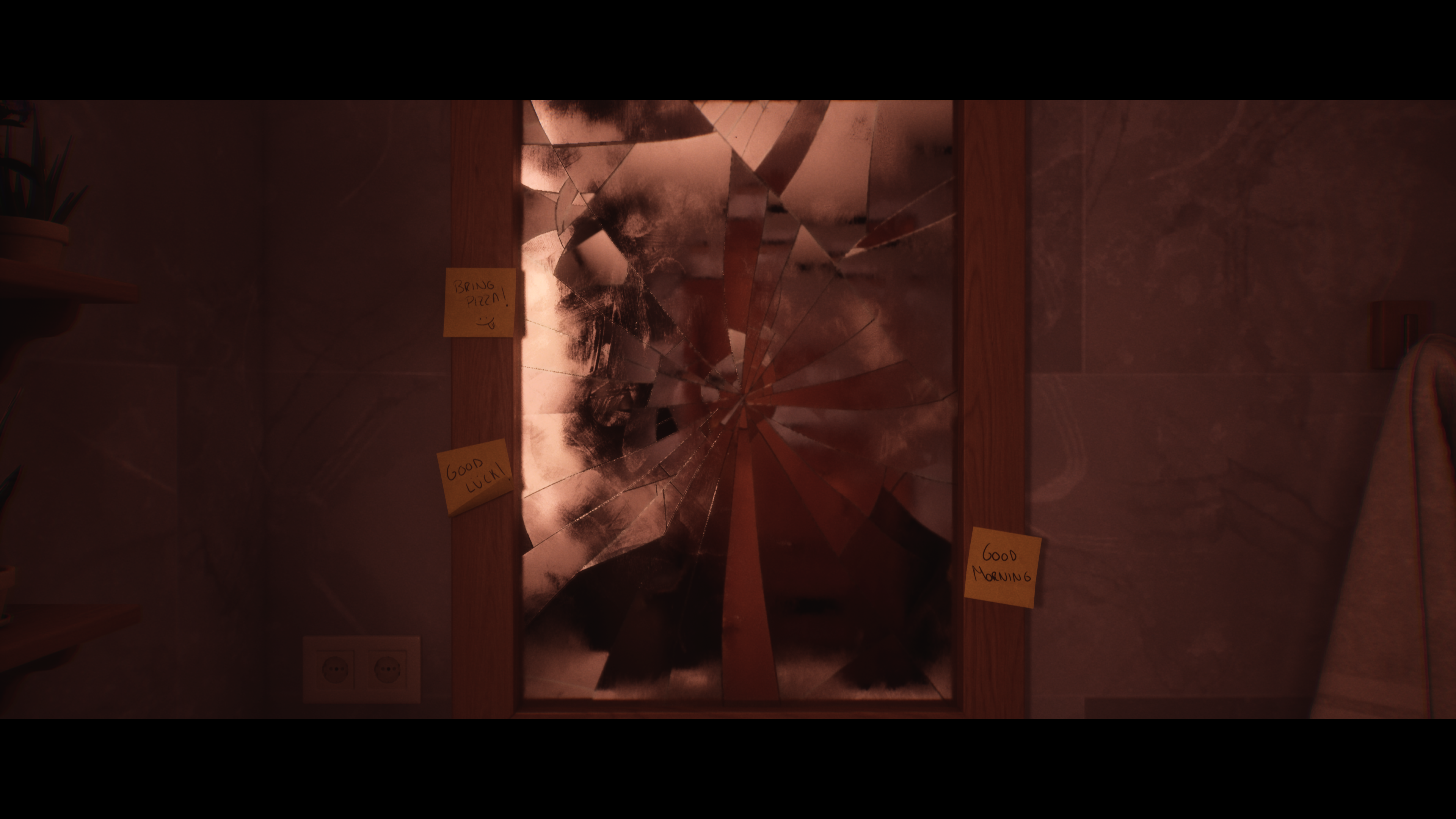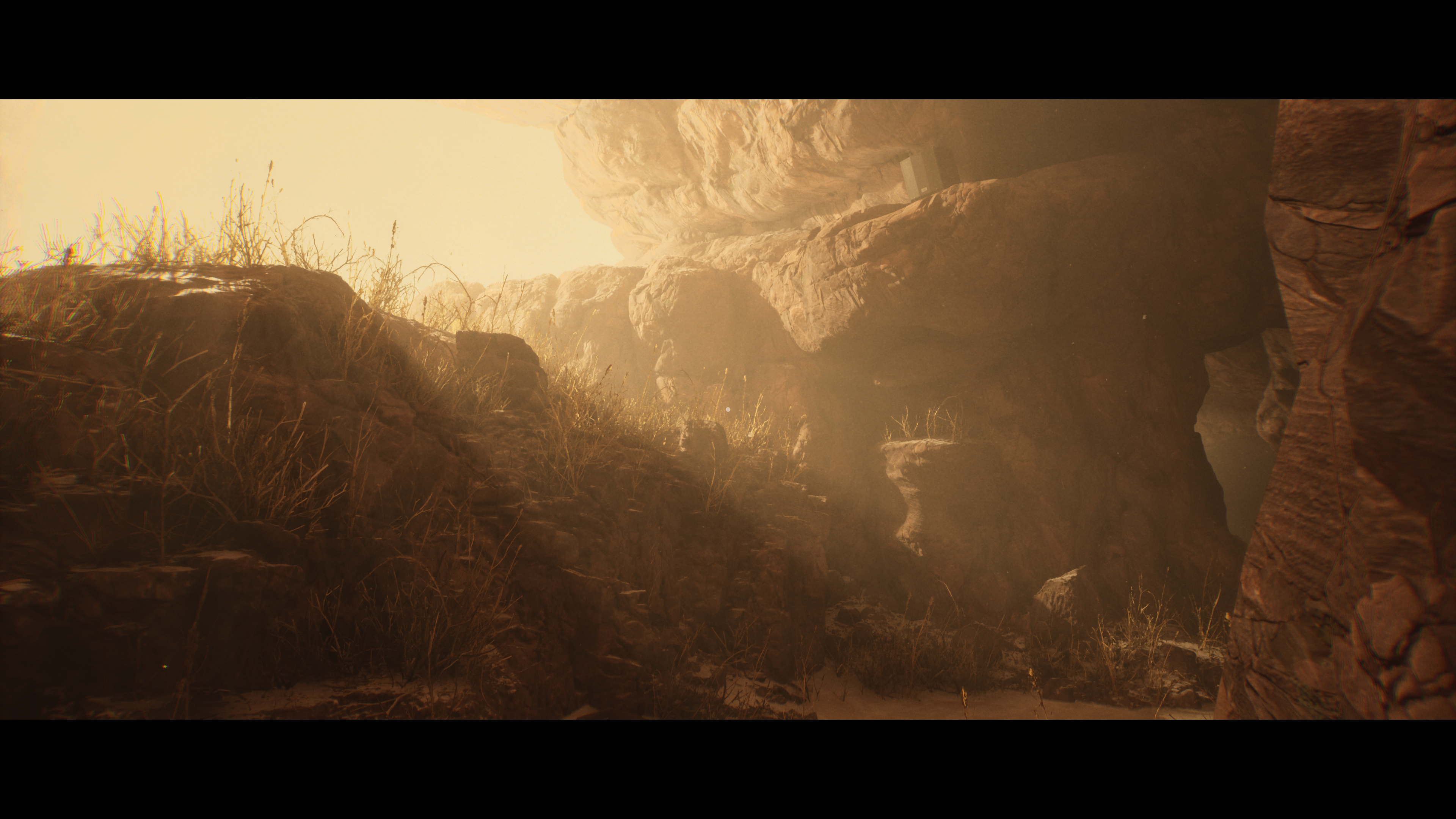Introduction
Ever since P.T. was pulled from digital shelves in 2014, horror fans have been chasing the same kind of eerie, reality-bending experience. Many have tried, few have succeeded. Luto, developed by Broken Bird Games, is one of the rare psychological horror titles that not only draws inspiration from P.T. but also adds its own layers of originality, narrative depth, and environmental storytelling. It’s a game about death, grief, and the ways our minds trap us in cycles we can’t seem to escape. We can describe it as the most P.T.-inspired game to date, mixed with the Stanley Parable, and if you care for either of the two, you know what you are getting into with Luto.

Story & Themes
“This is a story about death” is the very first thing you see, and it’s not just a dramatic tagline. You play as Samuel, a man trapped in his own home, unable to step outside despite desperately wanting to leave. Each attempt to escape draws you deeper into an ever-shifting labyrinth of rooms, looping corridors, surreal deserts, and disorienting transitions between spaces.
Thematically, Luto is about the crushing weight of grief and depression, told through symbolism, cryptic events, and small narrative breadcrumbs found in notes, drawings, and environmental details. The story gradually peels away layers of mystery—Who is the narrator? Who’s on the other end of the phone? What’s the desert’s significance?—culminating in a dark but satisfying conclusion. While it touches on suicide, loss, and mental health, it handles them with a degree of restraint and purpose that makes its message resonate long after the credits roll.

Gameplay & Puzzles
Mechanically, Luto is a first-person walking simulator with puzzle elements. It’s slow-paced and methodical—more about observation than reflexes. Loops are the backbone of the experience, each one slightly different from the last, forcing you to notice changes and interpret clues to move forward.
Puzzles range from simple environmental triggers to more complex, layered challenges that require you to revisit your sketchbook or piece together clues scattered across rooms. While most puzzles are clever and rewarding, a few verge on frustrating, especially if you miss a small environmental detail. They aren’t as obtuse as some other games, however, and are not difficult once you understand the clues in the environment. The developers have already patched one particularly confusing early puzzle, showing they’re listening to feedback.
Playtime is around 4–5 hours for a first run, but there’s a wealth of hidden secrets, achievements, and alternate endings that reward replayability. Searching for the clues and details is what is best here, and I can see a lot of horror gamers wanting to 100% this game.
Atmosphere & Horror

Where many horror games lean heavily on constant jump scares, Luto opts for a more restrained approach. Yes, there are jump scares—sometimes in the form of sudden scene shifts or unsettling imagery—but they’re sparingly placed and often designed to unsettle rather than simply shock. There are also moments that play with your perception, making you question whether you really saw what you think you did.
The tension builds steadily, with ghost-like figures occasionally blocking your path, disturbing sound cues from unseen sources, and unexpected environmental shifts that keep you guessing. If you’re someone who prefers slow-burn horror over relentless monster chases, Luto hits the sweet spot.
Sound & Visuals
Audio design is one of Luto’s strongest assets. The creaks, whispers, footsteps, and sudden knocks behind walls all contribute to a deeply unsettling experience. The narrator—occasionally reminiscent of The Stanley Parable—is both eerie and compelling, adding layers of mystery and meta-commentary.
Visually, Luto makes effective use of Unreal Engine 5, with detailed interiors, strong lighting, and convincing environmental transitions. The game performs well, and we had no hiccups during our testing with the game. While its core aesthetic might not break free from the “modern horror UE5” look, the game shines when it leans into surreal imagery and creative set pieces. The lack of ultrawide support and persistent black bars may bother some, but these design choices serve a narrative purpose revealed later in the game.
Verdict

Luto isn’t trying to be the scariest game you’ve ever played—it’s aiming to be one of the most memorable. It’s a haunting, creative, and emotionally charged journey that respects your intelligence and rewards your curiosity. While a few puzzles can feel obtuse and the visual style sometimes blends into the UE5 horror crowd, its storytelling, atmosphere, and thematic depth more than make up for it.
Pros
- Gripping narrative about grief and loss
- Clever, creative puzzle design
- Strong, immersive audio
- Effective slow-burn tension
- Replay value with hidden secrets and endings
Cons
- Occasional frustrating puzzles
- Generic visual style in parts
- No ultrawide support (intentional but noticeable)
Score: 8/10 – A must-play for fans of psychological horror
Luto: Luto, developed by Broken Bird Games, is one of the rare psychological horror titles that not only draws inspiration from P.T. but also adds its own layers of originality, narrative depth, and environmental storytelling. It’s a game about death, grief, and the ways our minds trap us in cycles we can’t seem to escape. – Mario Vasquez